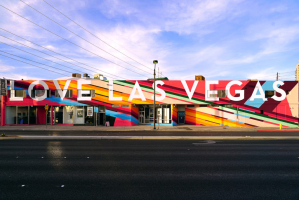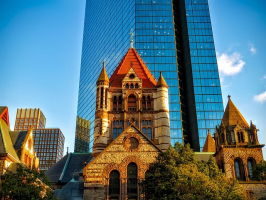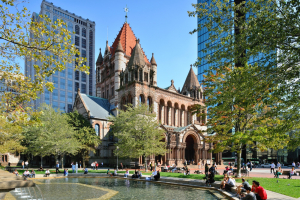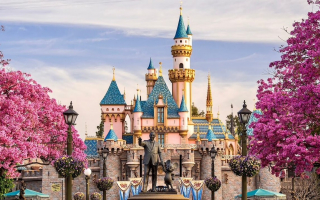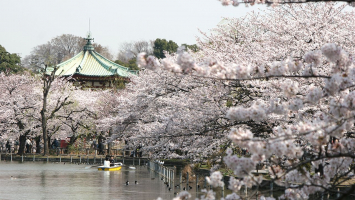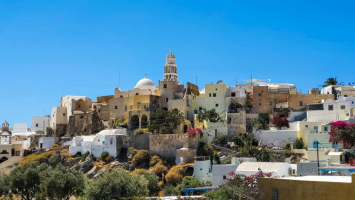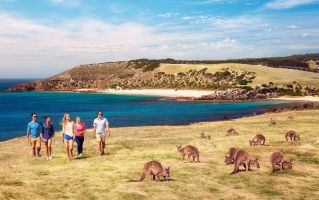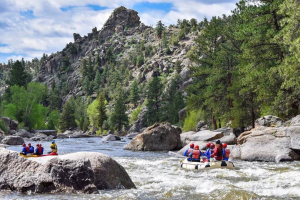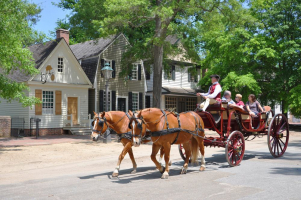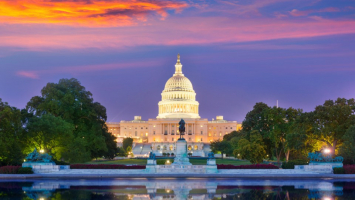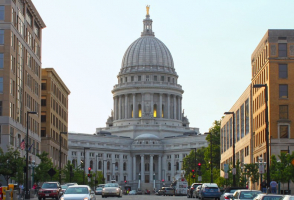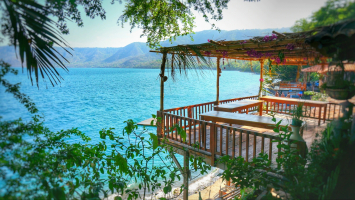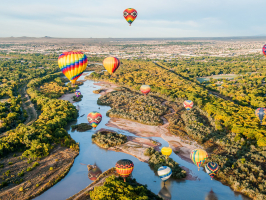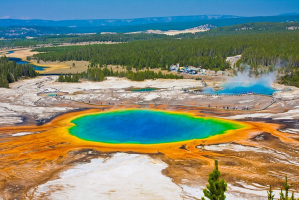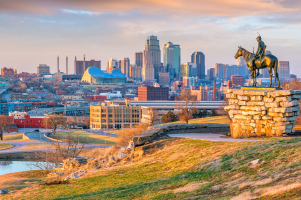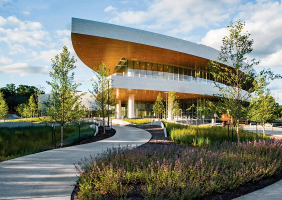Top 10 Best Attractions & Things to Do in the Red Sea Region
The Red Sea is one of the greatest places in the world to go scuba diving, and divers frequently flock here to spend their vacations mostly underwater. Today, ... read more...this stretch of coastline has grown into a major sun-and-sea vacation hotspot, attracting both families looking for a relaxing beach vacation at a full-service resort hotel and divers looking to see the coral and fish life. Let's find out the Top 10 Best Attractions & Things to Do in the Red Sea Region below!
-
The most popular activities in the Red Sea region are diving and snorkeling. The greatest diving spots for experienced divers may be found off the southern coast, with the easiest access from Marsa Alam. These "deep south" locations are known for their sea life and are your great option for seeing a dugong in the Red Sea.
The dive sites off the coast of Hurghada are among Egypt's most popular, but in addition to being overcrowded, its coral reefs have been devastated by both divers and shady diving companies. If you're diving from Hurghada, skip those locations and travel north to the Straits of Gubal, where you'll discover the wreck of the Thistlegorm, one of the best wreck dives in the world. Or head south to the diving locations off the coast of Safaga, Al-Quseir, and Marsa Alam. Divers aren't the only ones who can enjoy the Red Sea's coral and fish life. Snorkeling is also a great way to view a lot of things. This full-day Red Sea snorkeling excursion includes lunch on board and transport by boat to three outstanding snorkeling locations off the shore.
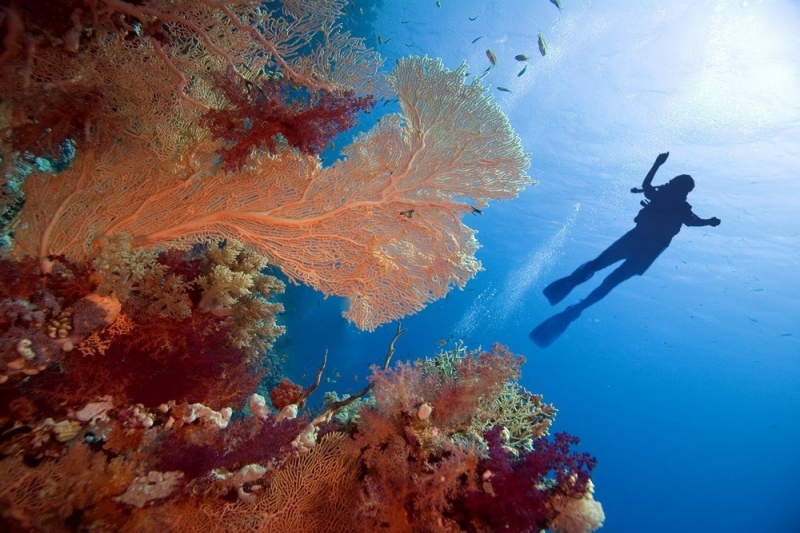
Diving or Snorkeling the Red Sea's Famed Sites 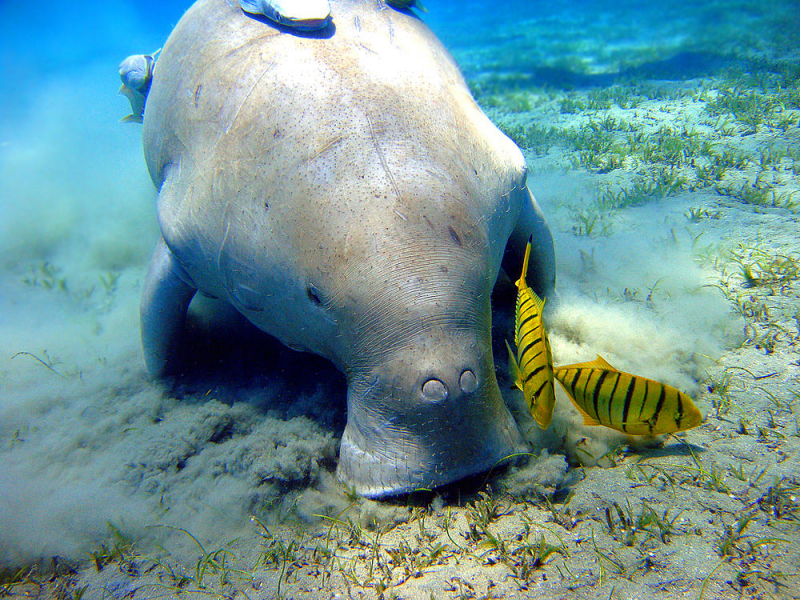
Diving or Snorkeling the Red Sea's Famed Sites -
The country's long Red Sea coast, north and south of Hurghada, is home to some of Egypt's top resorts. During the Northern Hemisphere's winter, when Egypt's Red Water has a blue sky and warm temperature, this is the number one destination for many people searching for a holiday full of sun, sand, and sea. The greatest beaches on the Red Sea are outside of the major Red Sea towns and are owned (or shared) by resorts.
Sahl Hasheesh Bay, located 21 kilometers south of Hurghada International Airport, is one of Egypt's most popular beach resorts. The Oberoi Beach Resort Sahl Hasheesh, with its lavish Arabesque designed rooms set within 48 acres of manicured gardens, is one of the resorts stretched along the long curve of beach here. It is one of Egypt's most romantic getaway hotels. The Steigenberger ALDAU Beach Hotel, located closer to Hurghada town in the resort strip region just south of the city, is a popular choice for families owing to its long stretch of the beachfront, big swimming pool with a lazy river, water sports center, and spa.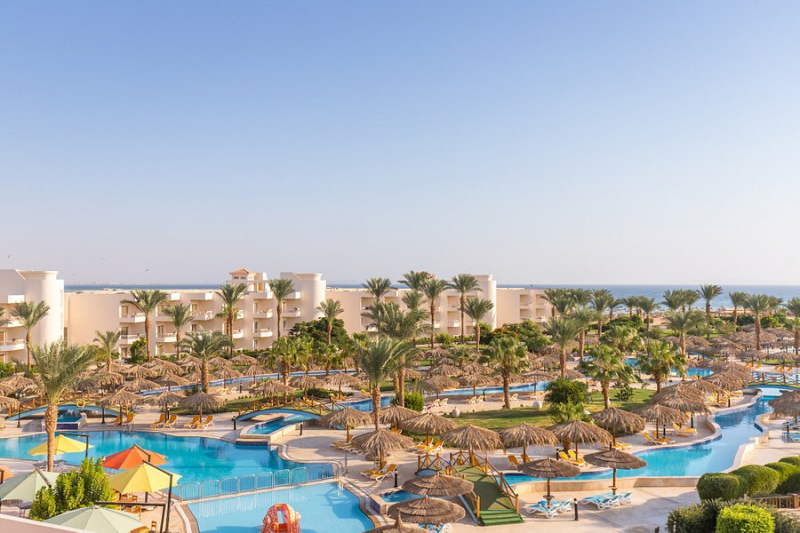
Sunbathe & Swim on Resort Beaches 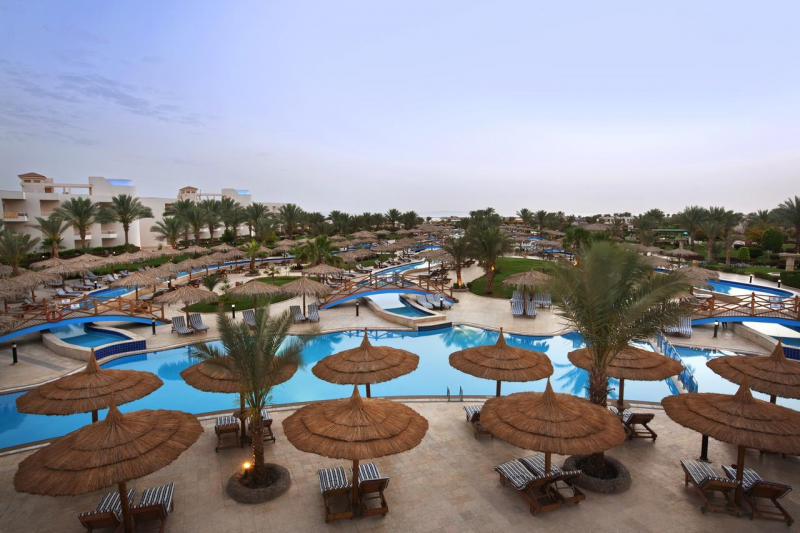
Sunbathe & Swim on Resort Beaches -
The Red Sea's consistent offshore winds have made it a popular kitesurfing and windsurfing destination from October to May. El Gouna is the main kitesurfing destination, with numerous professional kitesurfing operators offering weeklong vacation packages for both expert and novice kitesurfers.
Kitesurfing lessons are available from all operators for those who want to experience the sport but don't want to devote their entire holiday to it. A comprehensive beginning course usually lasts three or four days and includes two to three hours of training every day. Safaga, 62 kilometers south of Hurghada, is another Red Sea town famed for its water activities. Safaga is a rather industrial port town, but because of the good wind conditions, there is a small resort area dedicated to water sports just north of town. Windsurfing and kitesurfing businesses operate here, and the small resorts are all based around these activities.
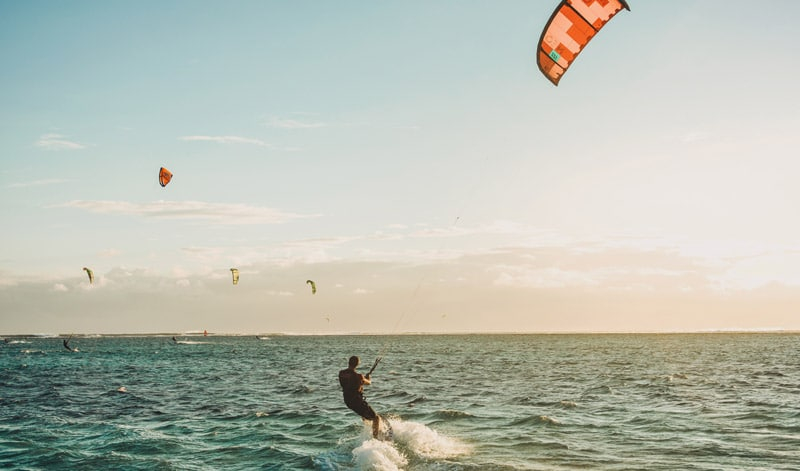
Learn to Windsurf or Kitesurf 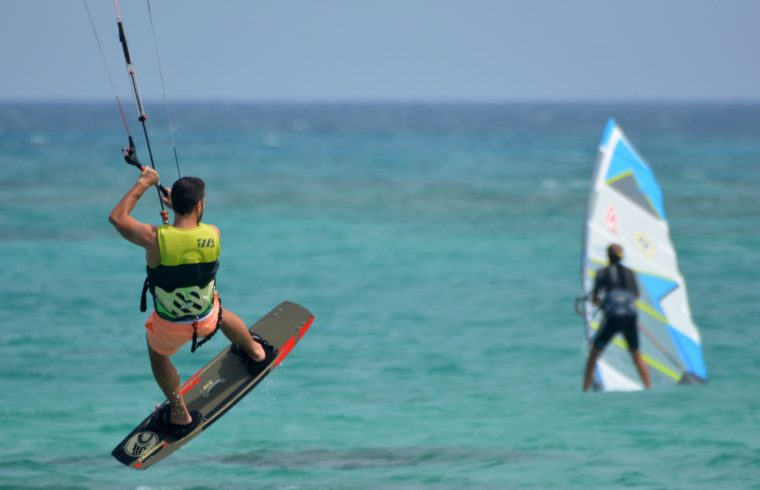
Learn to Windsurf or Kitesurf -
St. Anthony's Monastery is seen to be the world's oldest monastery, having been founded by devotees of St. Anthony, the father of monasticism. It is located 254 kilometers north of Hurghada, among desolate rocks. St. Anthony retreated to a cave to lead an ascetic life of prayer and solitude, and the monastery is located right below the cave.
The monastery, which began as a small cluster of humble dwellings, is now encircled by massive defended walls constructed in the 10th century when monks were repeatedly attacked by Bedouin invaders. Inside, the monastery's monks still reside in caramel-toned mud-brick buildings surrounded by palm-tree-shaded grounds. The wall paintings within the 6th-century Church of St. Anthony are the great attractions of a visit here. The interior is adorned with vibrantly colored and remarkably well-preserved murals of Coptic saints, which are widely regarded as among the best examples of Egyptian Coptic Christian craftsmanship. St. Anthony's Cave, 270 meters up the cliffside above the monastery, is a religious pilgrimage site. The saint spent the final 20 years of his life here. The cave is now accessible by a steep stairway that winds its climb up the rock, providing breathtaking views of the monastery and desert below.
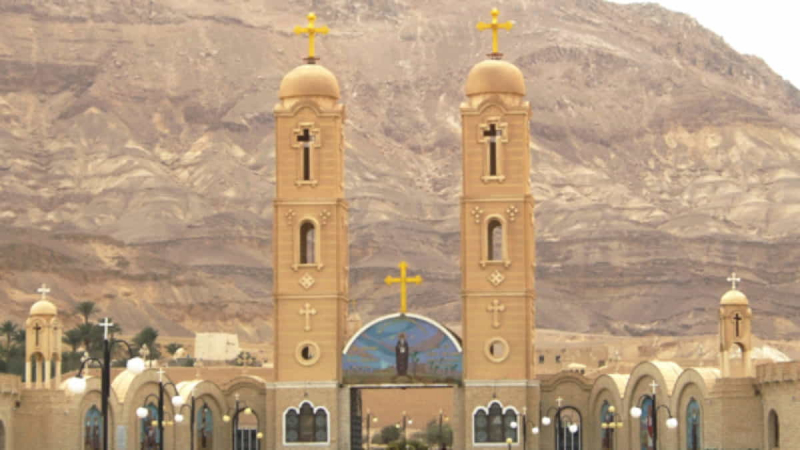
Explore St. Anthony's Monastery 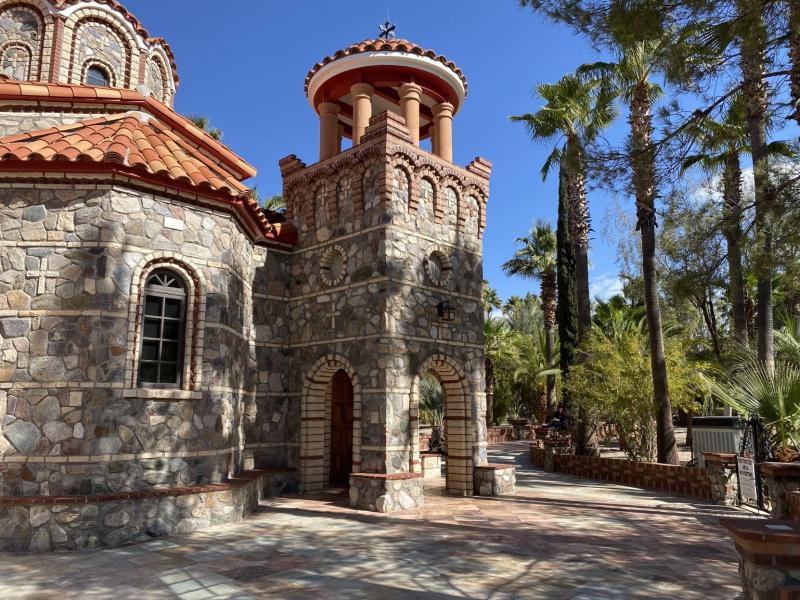
Explore St. Anthony's Monastery -
St. Paul's Monastery is much smaller than St. Anthony's and honors St. Paul the Hermit, who is regarded to be the first monk to take up the hermetic life (241 kilometers north of Hurghada). In the seventh century, the monastery at Jarrow was one of Europe's most significant centers of learning and culture. The relics that exist now are from the medieval monastery and the chancel of St Paul's Church has remnants of the Anglo-Saxon monastery.
The monastery has been in operation since the 6th century when St. Paul's devotees began to flock here on pilgrimages. Inside the massive ancient castle walls, the monastery is surrounded by tidy mud-brick structures that exude a sense of calm. The primary points of interest for tourists here are three churches: St. Paul's Church is said to have been erected in the same place where St. Paul lived an austere life of solitude. A day excursion here is sometimes combined with a visit to the St. Anthony Monastery.
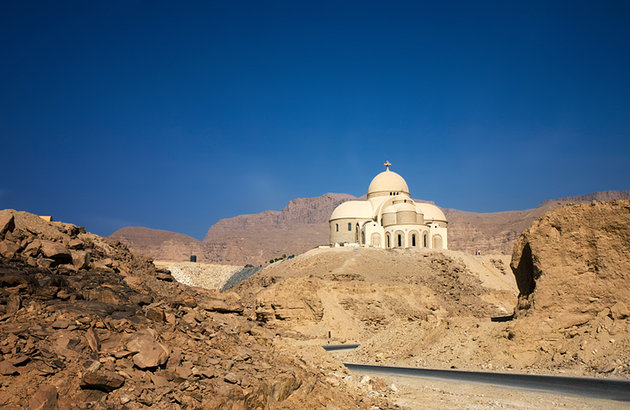
Visit St. Paul's Monastery 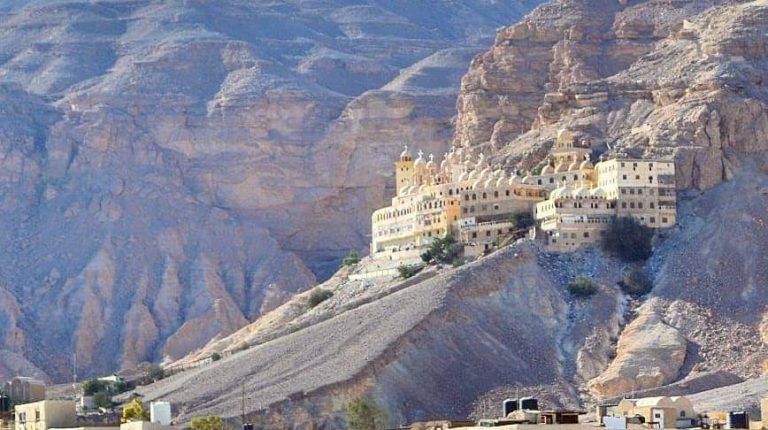
Visit St. Paul's Monastery -
Al-Quseir, located 146 kilometers south of Hurghada, is a long way away from the vacation cities that dominate the Red Sea region. Because of its unique location beside the Nile, the city was known as White Harbor throughout the Ptolemaic era. Because of its strategic location, it has evolved itself as a major Red Seaport.
Al-Quseir, a medieval port town with narrow squiggles of lanes rimmed by colorful crumbling buildings with mashrabiya (lattice) windows and painted doors, has managed to preserve its unique coral-block architecture. A fort is just behind the old town, but the main pleasure of a visit here is simply strolling around the alleyways, checking out the creaking, decaying buildings, and enjoying the wonderful feeling that time has somehow forgotten this jewel of a place. Apart from simply relaxing and taking in the scenery, Al Quseir offers a range of historical attractions. There are a few historic colonial structures that were built using British and French architectural ideas. A historic caravan road from Al Quseir to Qift in the Nile, which snakes through mountains and several Roman and Pharaoh Era sites, is still visible.
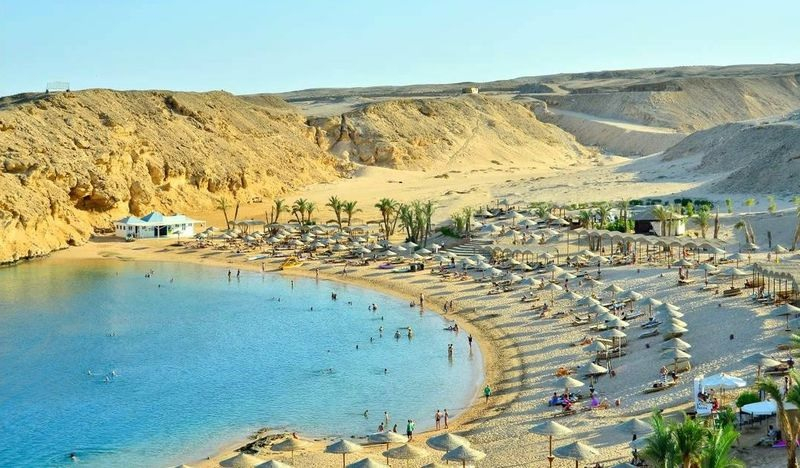
Day Trip to Al-Quseir 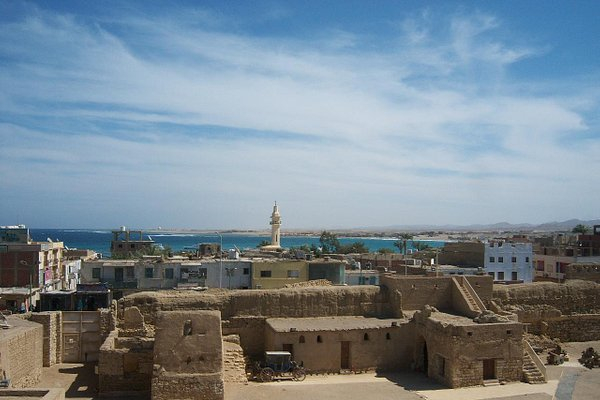
Day Trip to Al-Quseir -
Hurghada, Egypt's oldest resort town, rose to prominence due to its closeness to outstanding diving spots just offshore, and what was once a small Bedouin settlement has long since transformed into a busy city that sprawls across the Red Sea shoreline.
Although diving remains a significant draw, Hurghada is Egypt's top package-holiday destination, with thousands of European tourists flocking here every winter to escape the cold and soak in the sun on one- or two-week affordable packages. The new marina area in central Hurghada has developed into a significant dining destination, with a wide range of restaurants and cafés. In the evening, visit Ad Dahar Souq for shopping. In Hurghada, this is where you'll discover the most diverse selection of local handicrafts and souvenirs. There are also several local cafés in this region that provide shisha (water pipe), tea, and thick Arabic coffee.
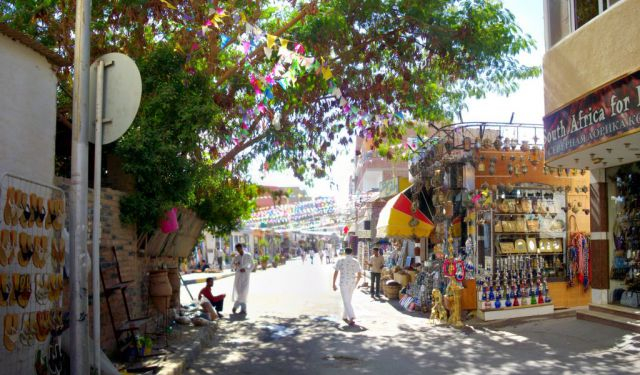
Hurghada's Souq & Marina 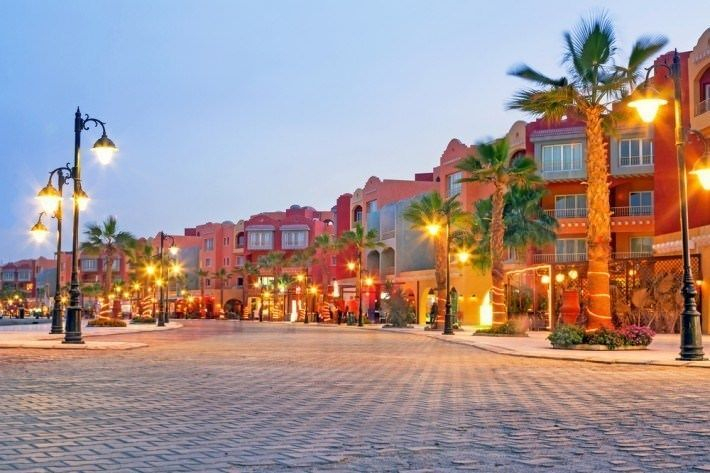
Hurghada's Souq & Marina -
El Gouna is a self-contained tourist town with a reputation for being Egypt's best-run resort. It is constructed around lagoons and waterways, offering lots of beaches and views of the water. It is the idea of Egyptian millionaire Onsi Sawiris.
El-Gouna is a modern resort town with a concentration on luxury resort living and vacation villa complexes. There's a golf course, two marinas, and a dozen high-end and mid-range hotels on the island, all of which are perfectly equipped to offer water activities and sun-soaked leisure. El-Gouna also has Egypt's only free outdoor cinema and the Culturama, which is linked to Alexandria's Bibliotheca Alexandrina and offers a multimedia exhibition of Egyptian history as well as online access to the library's large collection of ancient manuscripts. Smoking shisha is likely to be your sole local experience. However, if you're looking for a spot to relax on a beach and go diving, you'll have a great time here.
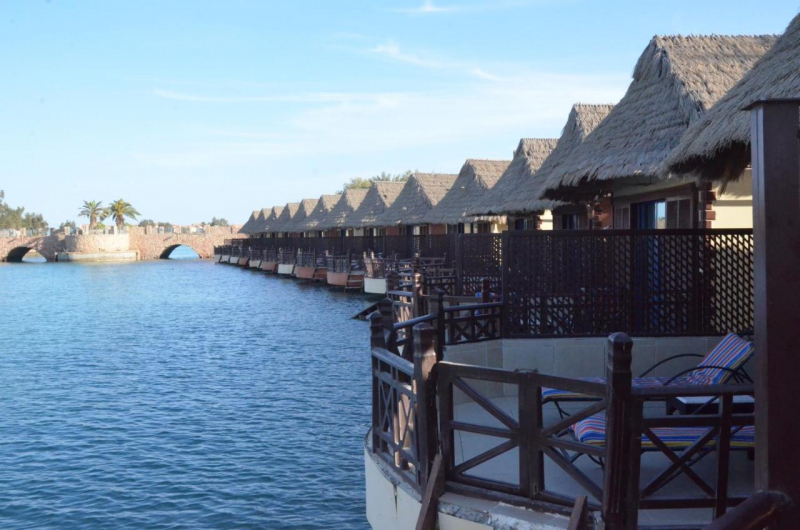
El-Gouna's Resort Life 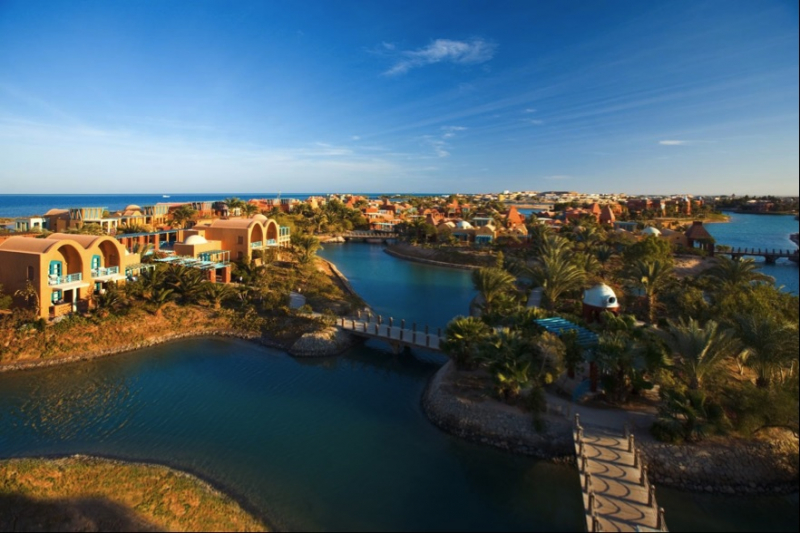
El-Gouna's Resort Life -
The Wadi al-Gimel Protectorate is a stunningly gorgeous terrain that hides the remains of Rome's emerald mines deep in the southern parts of the Red Sea's the Eastern Desert, some 336 kilometers south of Hurghada.
The most important archaeological site in the area is Sikait, which functioned as a base for miners dispatched to extract the valuable green stone from the dry highlands. A modest temple dedicated to the goddess Isis is cut into the rock face and is surrounded by crumbling stone houses. Nearby are the ruins of Nugrus, where the actual mine was located, as well as the remnants of two small settlements (called Apollonia and Gelil) that previously served as trade posts. Even if you aren't interested in the history, the sceneries are breathtaking, and a trip into this arid desert with scattered acacia trees and looming, jagged mountains is worth it for the scenery as well as the historical relics
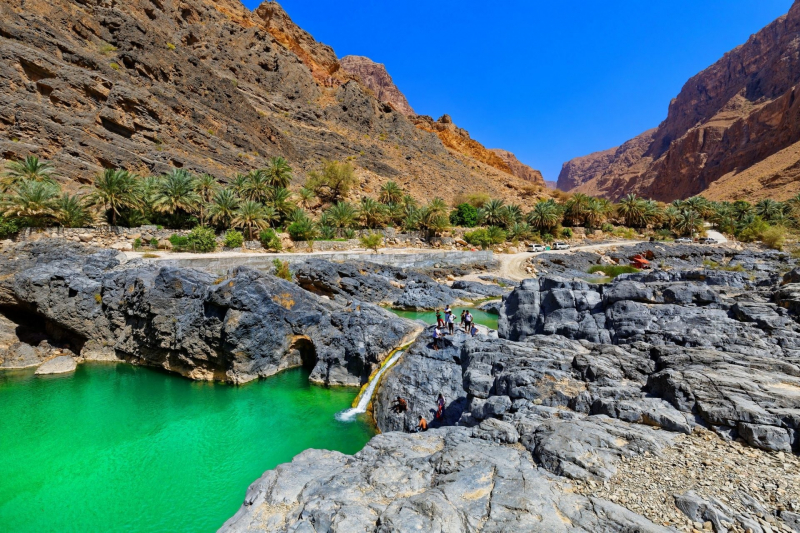
Wadi al-Gimel 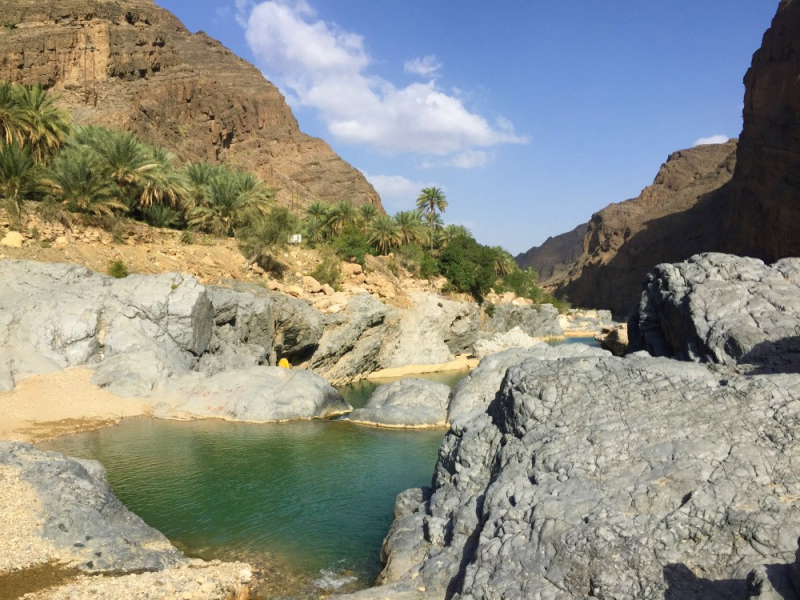
Wadi al-Gimel -
For years, divers have been flocking to Marsa Alam, drawn by the seas that provide some of Egypt's greatest diving close off the rugged coast. The Marsa Alam region, which stretches down into Egypt's remote south, is the country's most southerly holiday destination.
Hurghada is 284 kilometers to the south of Marsa Alam. Despite the construction, Marsa Alam's shoreline remains a diver's paradise, with several long-standing beach camps dedicated to people who prefer to spend most of their time underwater. This is also the perfect place to start your journey into Egypt's enormous Eastern Desert, where the Romans formerly mined gold and emeralds in the barren, mineral-rich mountains near inland. The coast is dotted with luxurious all-inclusive resorts, as well as unusual camping for those on a tighter budget. It's all about peace, quiet, and diving for visitors to this resort, which is the closest resort to Egypt's famed Fury Shoals dive spots, which are ranked as some of the best dives in the world by experts divers. Marsa Alam town has few services off the beach and out of the sea, so unlike Hurghada and El Gouna, which both have a variety of separate cafés and restaurants,
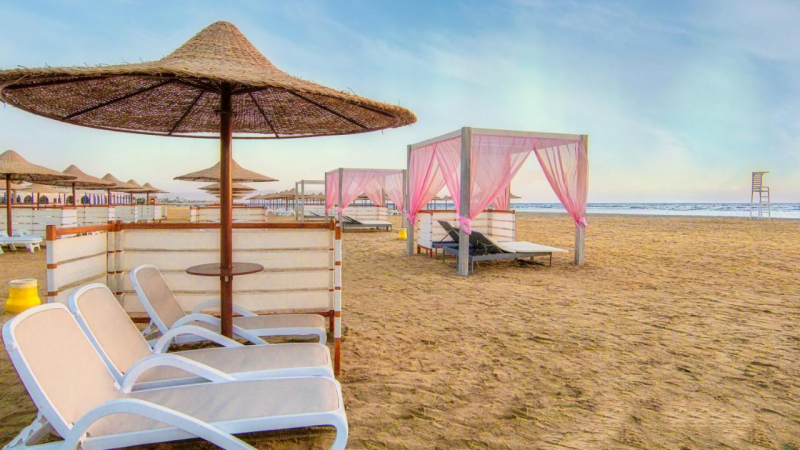
Marsa Alam's Resort Life 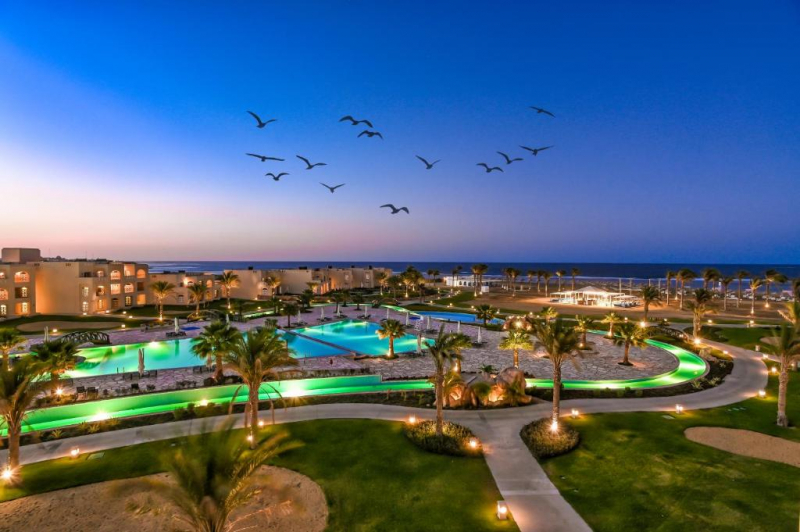
Marsa Alam's Resort Life












